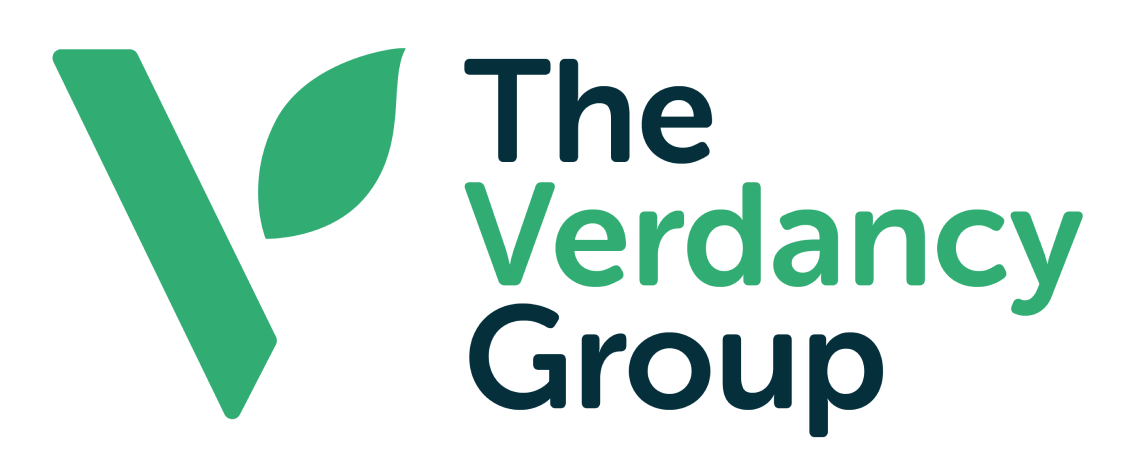Register for FY25
Full-Year Financial and Programmatic Results
Mitigating Uncertainty by Focusing on Technology and Workforce


September 14, 2020
Last week I spoke about the importance of understanding and planfully building a floor load adequate to carry the vision of your organization. I enjoyed the many comments I received by individuals also engaged in the building of their company, sharing what they are doing to ensure that their floor load is sufficient for their vision.
Several people discussed how challenging it is to calculate the required floor load—to fully (or even partially) understand the demands of a yet-to-be-built future.
At The Fedcap Group, we have increasingly focused on two areas to mitigate some of this uncertainty: Technology and Workforce.
The smarter our technology and the more prepared our people, the more capable we are of accurately establishing an infrastructure capable of supporting our vision. We anticipate that 25 years from now Big Data and data analytics will be key factors to bring change to the way we function, including the way that we plan for and deliver services. According to Forbes Nonprofit Council, it is likely that artificial intelligence (AI) will provide better metrics in mental health, enabling us to identify engagement patterns, demographic indicators and healthcare usage among members of community systems of care. AI allows pre-emptive interventions for those with serious mental illnesses by learning patterns that lead to isolation and hospitalizations. We need to prepare for a data driven environment that far surpasses today’s use of data—and our technology needs to support this evolution.
We spend a good chunk of our strategic planning time constructing scenarios—what do we envision the demands of government funders will be 5, 10, 15 years out? Will they have moved fully into a managed care and risk bearing environment? What are the technological demands most likely to accompany changes in government funding? While this might appear a more amorphous discussion, trends in government funding are being explored by national and international think tanks. Triple Innovation, a think tank out of Sydney, Australia, tells us that federal and state governments invest $10Bn+ annually in science and innovation (Ferris, 2017) with government support for incubators and accelerators backed by venture capitalists occupying one end of the spectrum, and on the other end established organizations are collaborating with research partners. Triple Innovation sees this trend continuing with funding requirements becoming more complex.
As it relates to workforce, most business leaders anticipate significant changes in the workforce of the future. The Brookings Institution is leading a Workforce of the Future Initiative that will provide a city-by-city analysis to attract industries that provide good jobs and to support workers transitioning to those jobs. It will help leaders identify which industries are likely to grow and decline, and the necessary occupational transitions necessary to host growth industries. Specifically, the initiative will answer the following questions:
—Given current industrial makeup and knowledge of their labor force, how can cities and regions attract growth and nurture good jobs?
—How can skill-building organizations and policymakers measure and target the skills demanded from emerging local industries to help workers, particularly the most vulnerable, transition effectively?
—How can companies use data on worker transitions to retrain and prepare their workforce for the jobs of tomorrow? How can companies invest in their workforce to benefit their community and bottom line?
Those of us in the process of growing our companies would be well served to pay attention to the results of this initiative and integrate the results into our planning.
While the future is clearly uncertain, and while understanding how to build a company with a floor load capable of withstanding its future demands seems daunting, there is a growing body of information that can support this critical task. It is our job as leaders to find it.
As always, I welcome your thoughts.
Share on
Share on facebookShare on twitterShare on linkedinShare on emailShare on pocket
-min.avif)


